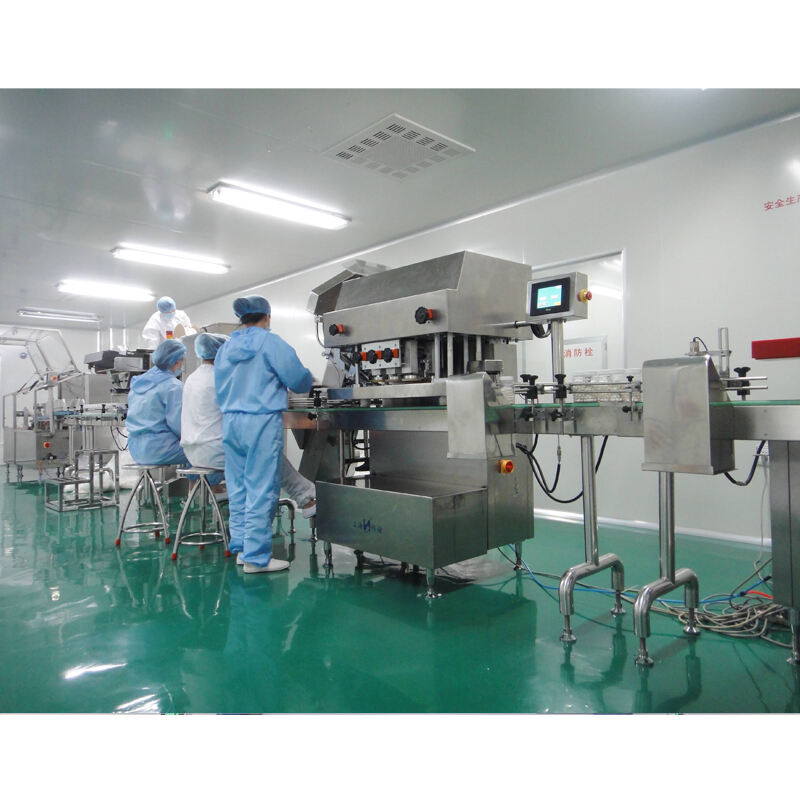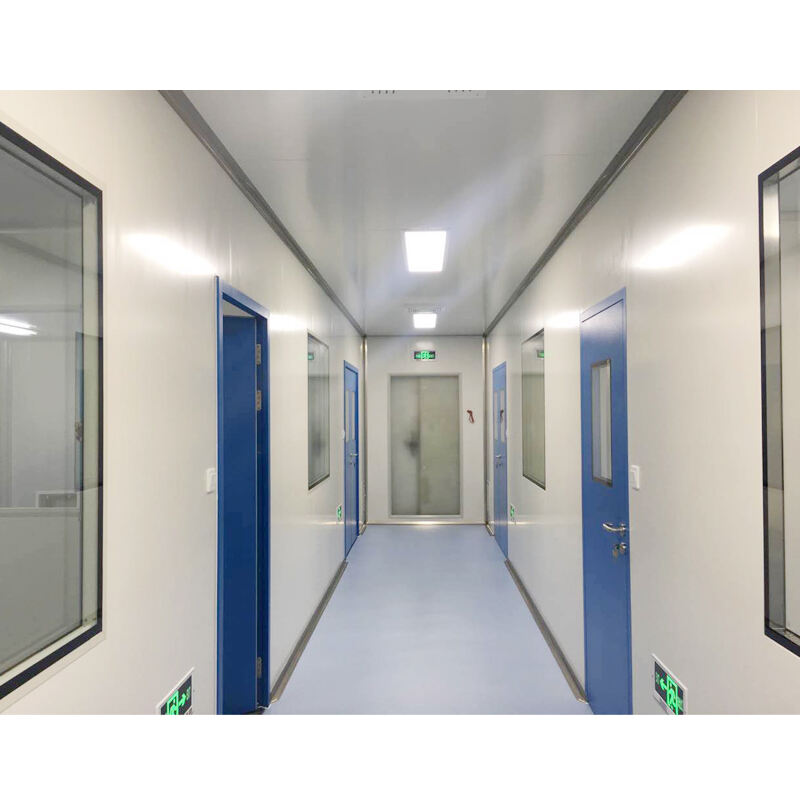medical device cleanrooms
Medical device cleanrooms represent state-of-the-art controlled environments specifically designed for the manufacturing, assembly, and testing of medical devices under stringent cleanliness standards. These specialized facilities maintain precise control over environmental parameters including particulate contamination, temperature, humidity, air pressure, and airflow patterns. The cleanrooms incorporate advanced HEPA filtration systems that remove 99.99% of airborne particles, ensuring compliance with ISO 14644 standards and FDA regulations. The design features modular wall systems, seamless flooring, and specialized lighting fixtures that minimize particle accumulation and facilitate thorough cleaning. Personnel access is strictly controlled through airlocks and gowning rooms, where proper cleanroom attire is required. The facilities are equipped with environmental monitoring systems that continuously track and record critical parameters, enabling real-time adjustments and documentation for regulatory compliance. These cleanrooms support various medical device manufacturing processes, from implantable devices to diagnostic equipment, ensuring product safety and reliability. The integration of automation and robotic systems further reduces human intervention and contamination risks, while specialized cleaning protocols and validation procedures maintain the required cleanliness levels consistently.


